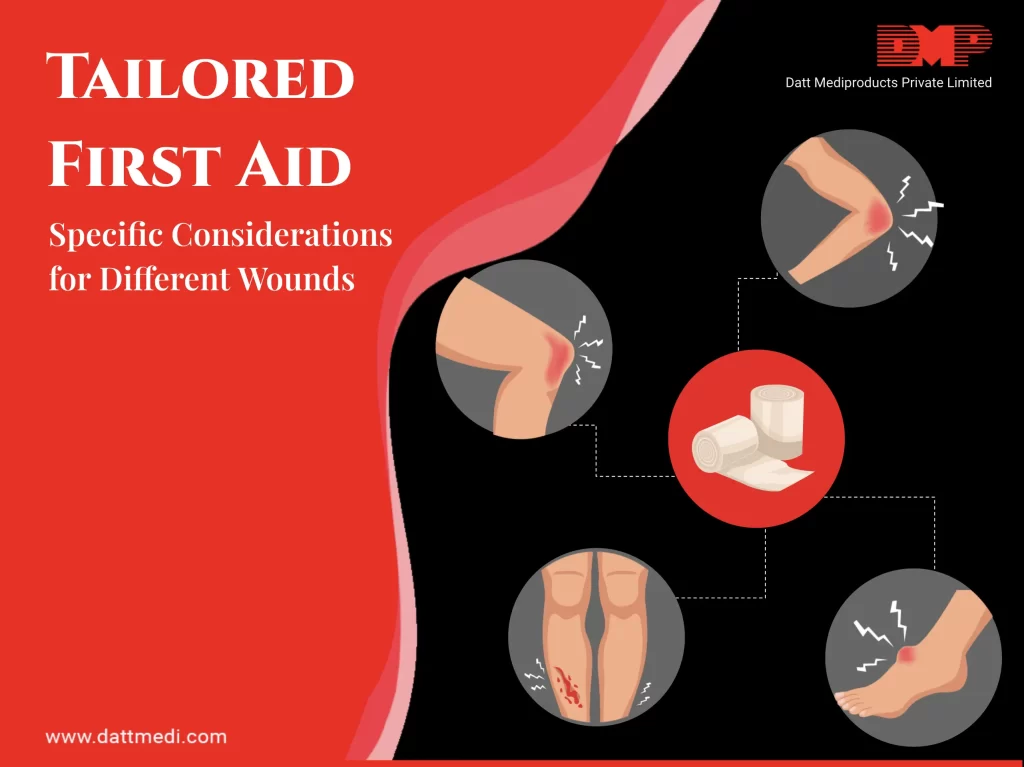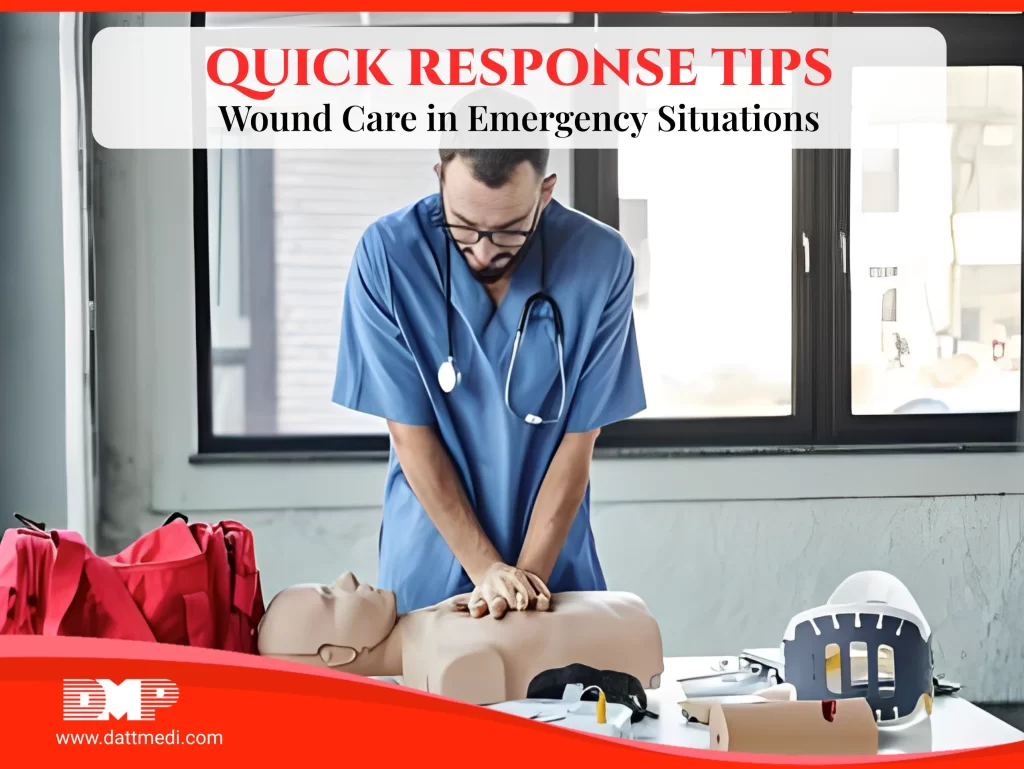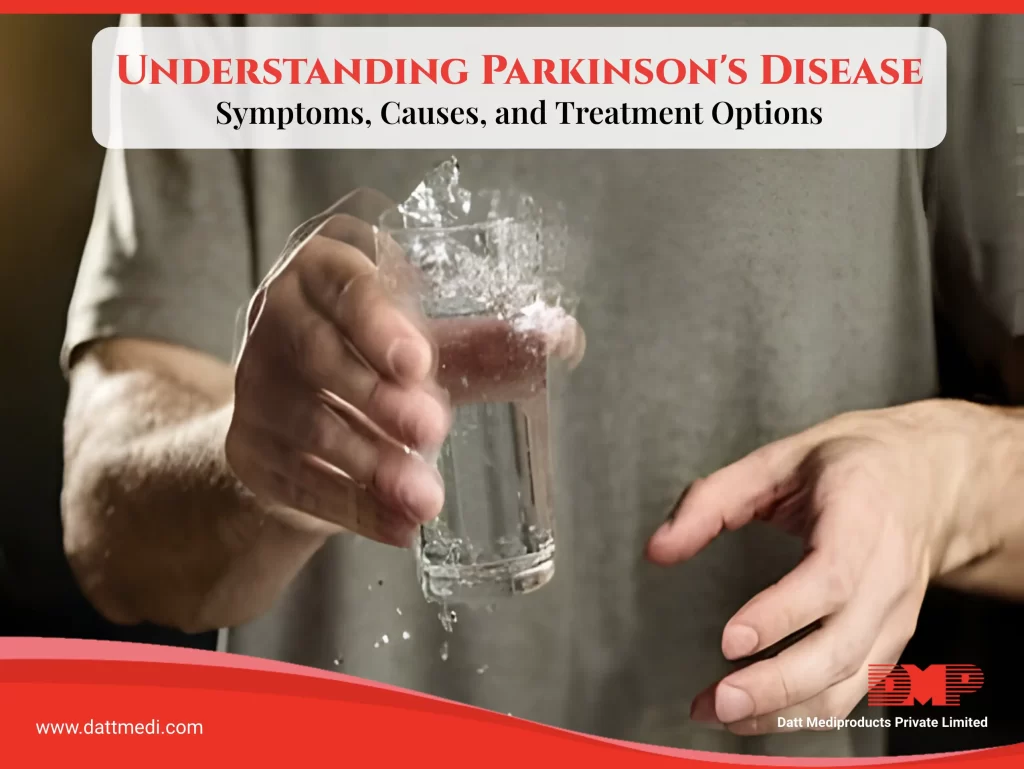
When it comes to wound care, one size does not fit all. Each wound has its own unique characteristics and possible complications. Tailoring first aid steps to specific types of injuries can significantly impact healing outcomes and minimize complications. In this blog post, we look at different wounds with specific considerations emphasising the need for individualised care and additional precautions to enhance better results.
Understanding Different Wounds:
1. Burns:
- First-degree burns: These affect only the outer layer of skin, causing redness and mild pain. Immediate first aid involves cooling the burn with cold water or a clean, damp cloth and then applying aloe vera gel. Cover the burn area with a sterile non stick bandage, this will help protect the damaged area from contaminants and the sun.
- Second-degree burns: These penetrate deeper into the skin, going through the first and second layer of the skin, causing blistering and severe pain. First aid includes cooling the burn, covering it loosely with a sterile gauze bandage, and seeking medical attention.
- Third-degree burns: These are the most severe, affecting all layers of the skin and potentially deeper tissues. Third degree burns should always be treated by a healthcare provider and never at home. First aid involves not removing any clothing stuck to the burn, covering it with a clean, dry cloth, and seeking emergency medical help immediately.
2. Deep Cuts:
- Apply pressure: Use a sterile gauze pad or clean cloth to apply firm pressure to stop bleeding.
- Clean the wound: Once the bleeding has stopped rinse the cut with clean water to remove any debris and dirt.
- Bandage the wound: Once it has been cleaned properly, cover the cut with a sterile bandage or gauze pad and secure it with medical tape.
- Seek medical attention: Deep cuts may require stitches to promote proper healing and reduce the risk of infection.
3. Abrasions:
Abrasions, also known as scrapes, occur when the skin is rubbed or scraped against a rough surface, causing superficial damage.
- First aid involves cleaning the abrasion with soap and water to remove debris and applying an antibiotic ointment to prevent infection.
- Cover the abrasion with a sterile bandage or gauze pad to protect it from further irritation and promote healing.
- Change the dressing on a regular basis and check the area daily
- If there are any signs of an infection such as, fever, swelling, an increase in redness or fluid seek medical help from a healthcare provider.
4. Puncture Wounds:
Puncture wounds are caused by sharp objects piercing the skin, such as nails, needles, or animal bites. Such types of wounds have a greater risk of infection as bacteria are being pushed into the skin.
- First aid involves cleaning the wound thoroughly with soap and water to remove any dirt or debris.
- Do not attempt to remove any object embedded in the skin. Instead, stabilize the object and seek medical attention immediately.
- Cover the puncture wound with a clean cloth or sterile bandage to reduce the risk of infection until medical help arrives.
Therefore, understanding the characteristics and appropriate first aid measures for different types of wounds is essential for providing effective care and promoting optimal healing outcomes.
5. Tailored First Aid:
Children:
- Children’s skin is more delicate and prone to infection. Use extra caution when cleaning and bandaging wounds.
- Consider using adhesive bandages with fun designs to make the first aid process less intimidating for children.
Elderly:
- Elderly individuals may have thinner skin and reduced circulation, making them more susceptible to skin tears and slow wound healing.
- Be gentle when cleaning and bandaging wounds to avoid causing further damage.
Individuals with Diabetes:
- Diabetes can impair blood flow and reduce sensation in the extremities, increasing the risk of foot ulcers and slow-healing wounds.
- Inspect feet daily for any signs of injury and seek prompt medical attention for any cuts or sores.
Precautions and Practices:
In addition to first aid measures designed for specific wound types, there are several precautions and practices to keep in mind:
- Always wash your hands thoroughly before and after your first treatment to prevent the spread of infection.
- Use disposable gloves when treating the wound to reduce the risk of contamination.
- Avoid using alcohol or hydrogen peroxide directly on the wound, as it can damage healthy tissue.
- Keep first aid kits safe and easily accessible in an emergency.
Tailoring first aid measures to specific types of wounds is crucial for effective treatment and optimal healing. Whether it’s a minor burn or a deep cut, understanding the unique needs of each injury and taking appropriate action can make a significant difference in recovery outcomes and help in reducing the risk of complications.








